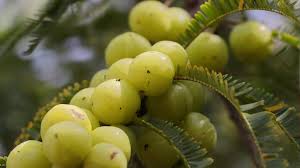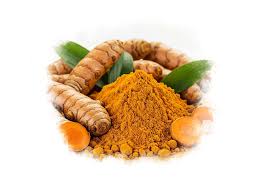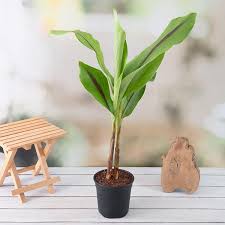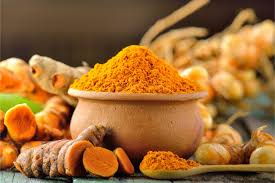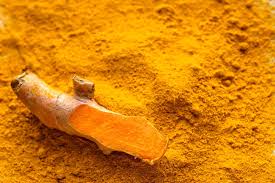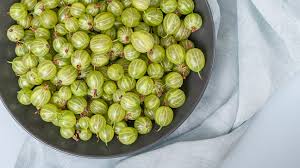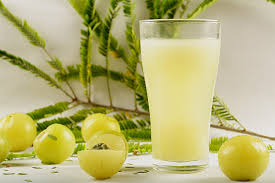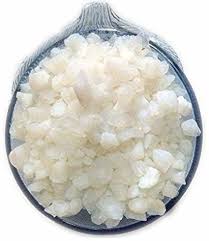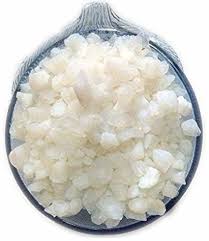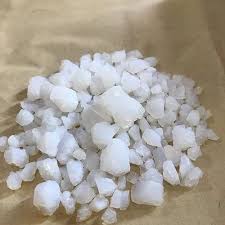Traditional Indian Households and Banslochan Benefits
Traditional Indian households are known for their deep-rooted wisdom in maintaining health, wellness, and spiritual harmony through natural and time-tested methods. From herbal concoctions to sacred rituals, the Indian way of living has always emphasized the power of nature in daily life. One such ancient and highly revered substance used in these households is Banslochan, also known as Tabasheer.
Banslochan is a natural silica-rich compound collected from the inner parts of female bamboo plants. It has been widely used in Ayurveda, spiritual rituals, and household remedies for generations. In the culturally rich homes of India, Banslochan was often found in the kitchen, pooja room, and even in the herbal first-aid box. Its holistic benefits range from enhancing immunity to supporting spiritual energy and calming the nervous system.
In this article by Dirghaanshi, we’ll explore how Banslochan has played a pivotal role in traditional Indian households, its applications, health benefits, spiritual significance, and why it still deserves a place in modern Ayurvedic living.
Long Description
What is Banslochan (Tabasheer)?
Banslochan is a siliceous secretion found inside the hollow internodes of certain species of bamboo, primarily Bambusa arundinacea. It is harvested as a white, translucent powder or crystal and is rich in silica, calcium, and other trace minerals.
While modern science has focused on its mineral content and cooling effects, Indian households have long recognized its multiple applications in daily wellness, spirituality, and traditional healing.
Historical Importance in Indian Culture
Banslochan has been mentioned in various Ayurvedic texts and spiritual scriptures. In homes where Ayurveda and ritual practices were a way of life, Banslochan was considered:
A Rasayana (rejuvenating substance)
A spiritual purifier
A household tonic for energy, digestion, and immunity
An essential ingredient in Vrat Bhojan (fasting food) and ritual offerings
In many households, grandmothers and elders used Banslochan in everyday applications, believing in its Sattvic nature and subtle spiritual power.
Key Benefits of Banslochan in Traditional Indian Homes
- Strengthening Immunity and Vitality
In Indian households, Banslochan was used as a nutritional supplement, especially for:
Children during growth spurts
Women recovering after childbirth
Elderly family members needing strength and energy
It was often mixed with ghee, honey, or milk to create a rejuvenating tonic that improved stamina, digestion, and immunity.
- Cooling and Calming the Body
Because of its Sheeta Virya (cooling potency), Banslochan was used during summer to:
Prevent heat strokes
Reduce body heat
Balance excess Pitta dosha
People added it to cooling sherbets, prasad, or milk mixtures to maintain internal calm, especially during high temperatures or spiritual fasting days.
- Soothing Cough, Cold, and Respiratory Issues
In many homes, especially during monsoons or seasonal transitions, Banslochan was used as a natural expectorant:
Mixed with honey for dry cough
Added to warm milk to soothe throat irritation
Used with tulsi or ginger for home remedies
Its mucilaginous nature helped lubricate the throat and reduce inflammation.
- Vital Tonic for New Mothers
Post-delivery care in Indian households often involved strengthening the new mother’s body using traditional recipes. Banslochan was:
Added to laddu recipes, often mixed with dry fruits, methi, and gond
Used to boost calcium and silica intake
Known to support bone health and reduce fatigue
It was valued for reviving energy and aiding postpartum recovery.
- Enhancing Children’s Growth
Parents and grandparents included Banslochan in home-prepared health tonics to:
Aid bone and teeth development
Improve digestion
Support mental clarity and attention span
It was mixed with sweet items to make it more palatable for kids, especially during exam time or growing years.
- Sacred Use in Pooja and Festivals
Apart from health uses, Banslochan was commonly found in the pooja samagri (ritual items) of Indian households. It was:
Mixed with sandalwood paste for tilak
Added to havan samagri during fire rituals
Used in prasad and abhishekam preparations
It was believed to bring purity, sattva, and divine vibrations to the home during spiritual activities.
- Natural Beauty and Skin Care Aid
Women in traditional households used Banslochan as part of herbal face packs and body scrubs. It helped in:
Soothing irritated skin
Cooling acne-prone areas
Providing a glow during festive preparations
It was sometimes combined with rose water, turmeric, or sandalwood powder for ritual baths and bridal skincare.
Forms and Preparations Used in Households
Form Used Common Ingredients Mixed With Purpose
Banslochan powder Ghee, honey, mishri Energy tonic for kids & elders
Mixed in milk Dry fruits, saffron Immunity booster, calming drink
Herbal paste Sandalwood, rose water Ritual tilak and skin cooling
Sweet laddoos Gond, dry fruits, methi Postnatal recovery and strength
Tea decoction Tulsi, ginger Cold and cough relief
Why Banslochan Still Matters Today
While modern supplements and processed food have taken over many health routines, the timeless value of Banslochan remains unmatched. It offers:
A natural source of silica, important for bones, skin, and connective tissues
A non-synthetic solution for body cooling and immune enhancement
An energy and focus booster without stimulants
A spiritual aid for rituals and prayer
In an era where people are returning to Ayurveda and natural living, Banslochan is regaining its space as a multi-functional household remedy.
Cautions for Modern Use
While Banslochan is safe in moderation, remember the following:
Use only pure, food-grade Banslochan
Keep the dose small (under 150 mg daily)
Avoid during pregnancy or asthma without expert guidance
Always store in airtight containers to retain purity
Modern Tips to Reintroduce Banslochan in Daily Life
Morning ritual drink: Add Banslochan to lukewarm milk with honey for a calm and nourishing start.
Kids’ brain tonic: Combine with almond powder and mishri during exam season.
Spiritual days: Use in vrat recipes or havan samagri on Ekadashi, Navratri, or Purnima.
Weekly wellness: Mix in herbal teas or laddoos for seniors in the house.
Festive skincare: Add to a face pack before puja celebrations for glowing skin.
Conclusion
Banslochan, with its humble origin from bamboo, holds immense value in Indian tradition. Its versatility in household health, spiritual rituals, and daily nourishment made it a must-have in every Indian kitchen and pooja room. It served not just as a health tonic but also as a sacred connector to nature’s purity and divine energy.
At Dirghaanshi, we encourage a revival of such traditional wellness practices that blend health with spirituality. Banslochan is more than a substance—it’s a symbol of holistic living, deeply embedded in the Indian way of life. Reintroduce this ancient wonder into your home and rediscover the wisdom of your ancestors.



